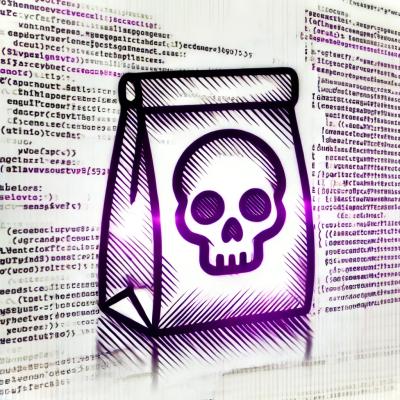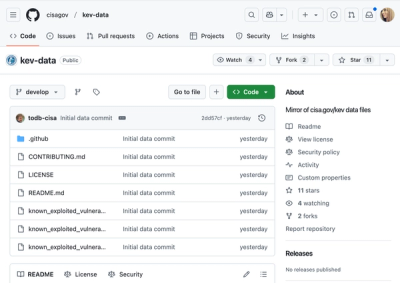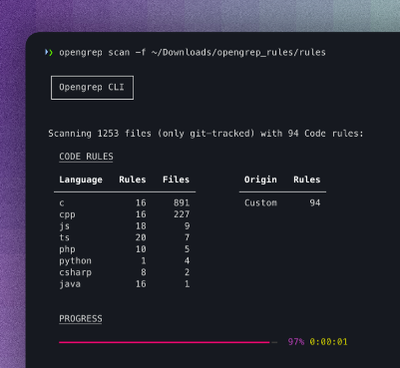Fingerprint Scanner

Library to detect bots and crawlers using browser fingerprinting.
You can see it in action on this page.
Attributes collected
Fingerprint Scanner relies on Fp-Collect to collect a browser fingerprint.
Since the purpose of the library is bot detection, it doesn't detect collect
unnecessary fingerprint attributes used for tracking.
Usage
Installation
npm install fpscanner
Detect bots
In order to use Fingerprint-Scanner your need to pass a fingerprint
collected using the fp-collect library.
Then, we can analyze the fingerprint with the scanner.
const scanner = require('fpScanner');
scannerResults = scanner.analyseFingerprint(fingerprint);
console.log(scannerResults[0].name);
console.log(scannerResults[0].consistent);
console.log(scannerResults[0].data);
analyseFingerprint returns an array of analysisResult's objects.
Each object contains the following information:
- name: the name of the test;
- consistent: the result of the test (CONSISTENT, UNSURE, INCONSISTENT)
- data: data related to the test
Detection tests
Summary of the tests used to detect bots. For more details, visit
the documentation page (coming soon).
- PHANTOM_UA: Detect PhantomJS user agent
- PHANTOM_PROPERTIES: Test the presence of properties introduced by PhantomJS
- PHANTOM_ETSL: Runtime verification for PhantomJS
- PHANTOM_LANGUAGE: Use navigator.languages to detect PhantomJS
- PHANTOM_WEBSOCKET: Analyze the error thrown when creating a websocket
- MQ_SCREEN: Use media query related to the screen
- PHANTOM_OVERFLOW: Analyze error thrown when a stack overflow occurs
- PHANTOM_WINDOW_HEIGHT: Analyze window screen dimension
- HEADCHR_UA: Detect Chrome Headless user agent
- WEBDRIVER: Test the presence of webriver attributes
- HEADCHR_CHROME_OBJ: Test the presence of the window.chrome object
- HEADCHR_PERMISSIONS: Test permissions management
- HEADCHR_PLUGINS: Verify the number of plugins
- HEADCHR_IFRAME: Test presence of Chrome Headless using an iframe
- CHR_DEBUG_TOOLS: Test if debug tools are opened
- SELENIUM_DRIVER: Test the presence of Selenium drivers
- CHR_BATTERY: Test the presence of battery
- CHR_MEMORY: Verify if navigator.deviceMemory is consistent
- TRANSPARENT_PIXEL: Verify if a canvas pixel is transparent
Acknowledgements
We would like to thank CrossBrowserTesting for providing us an easy way to test our scanner on different platforms to reduce false positives.





